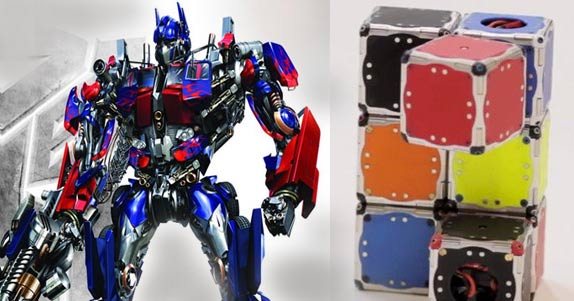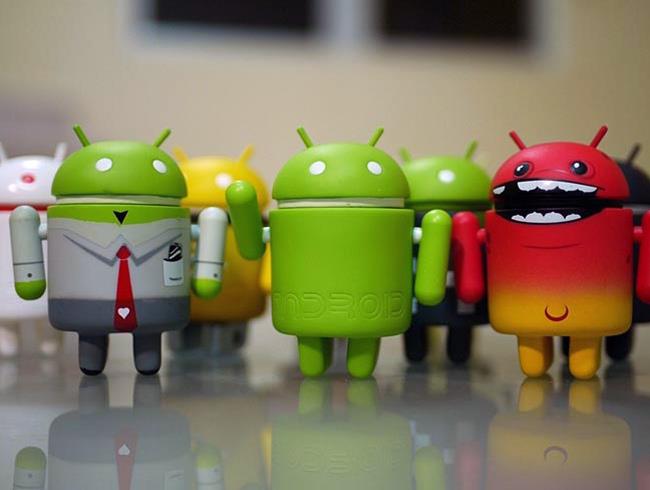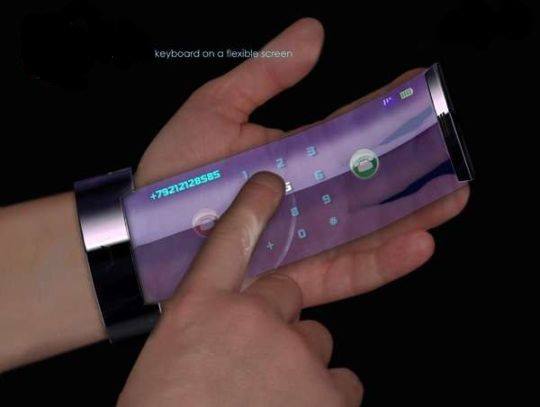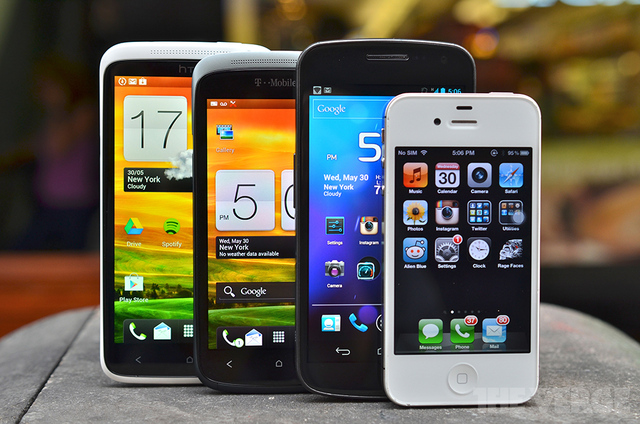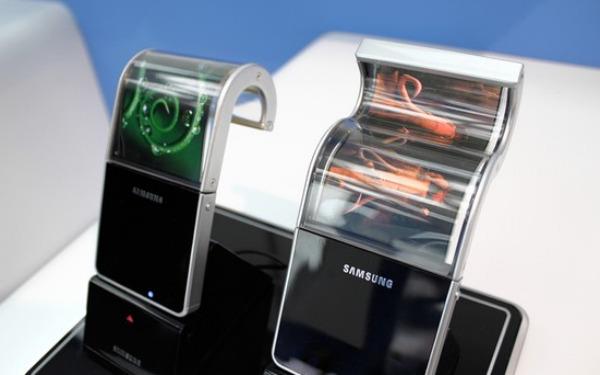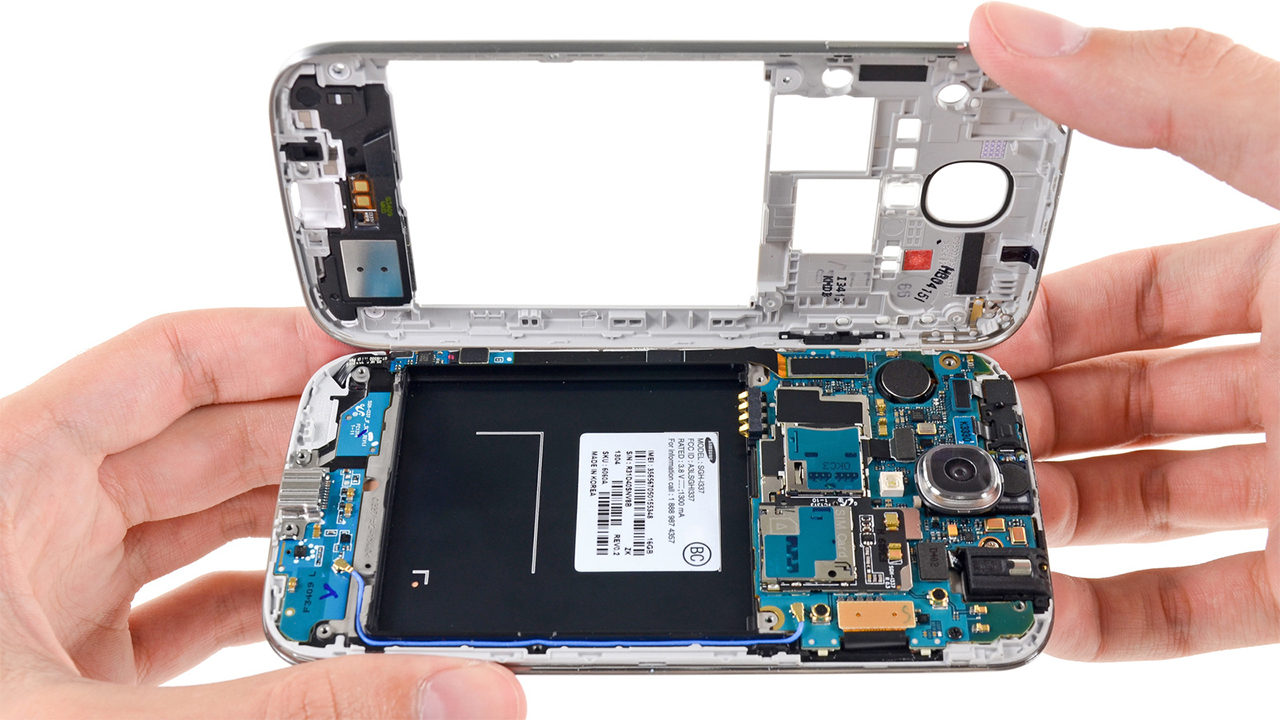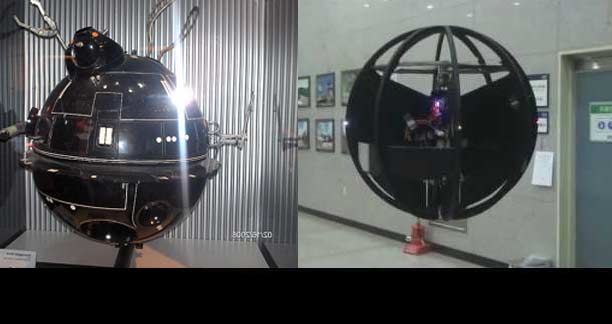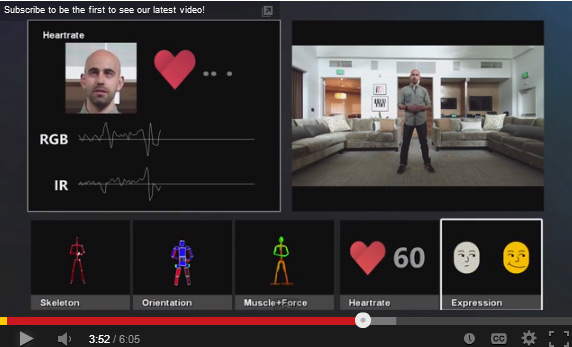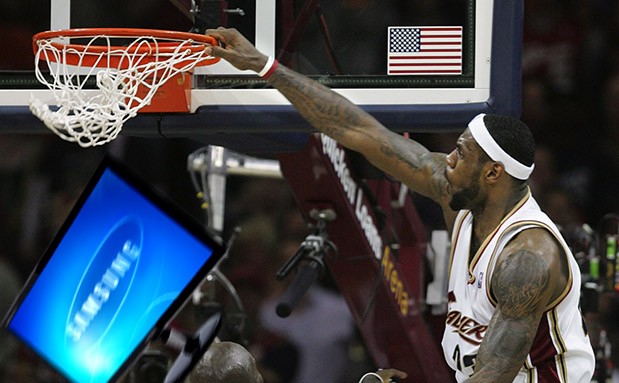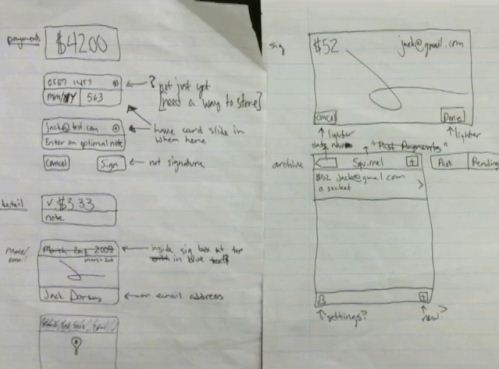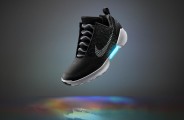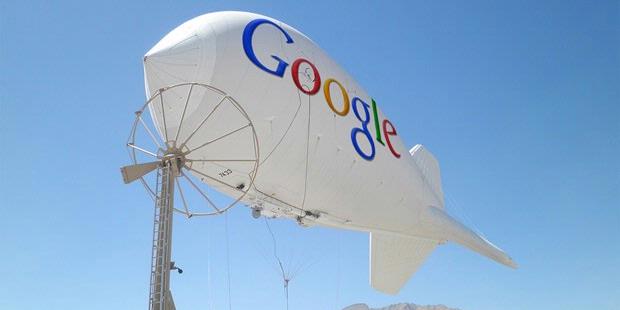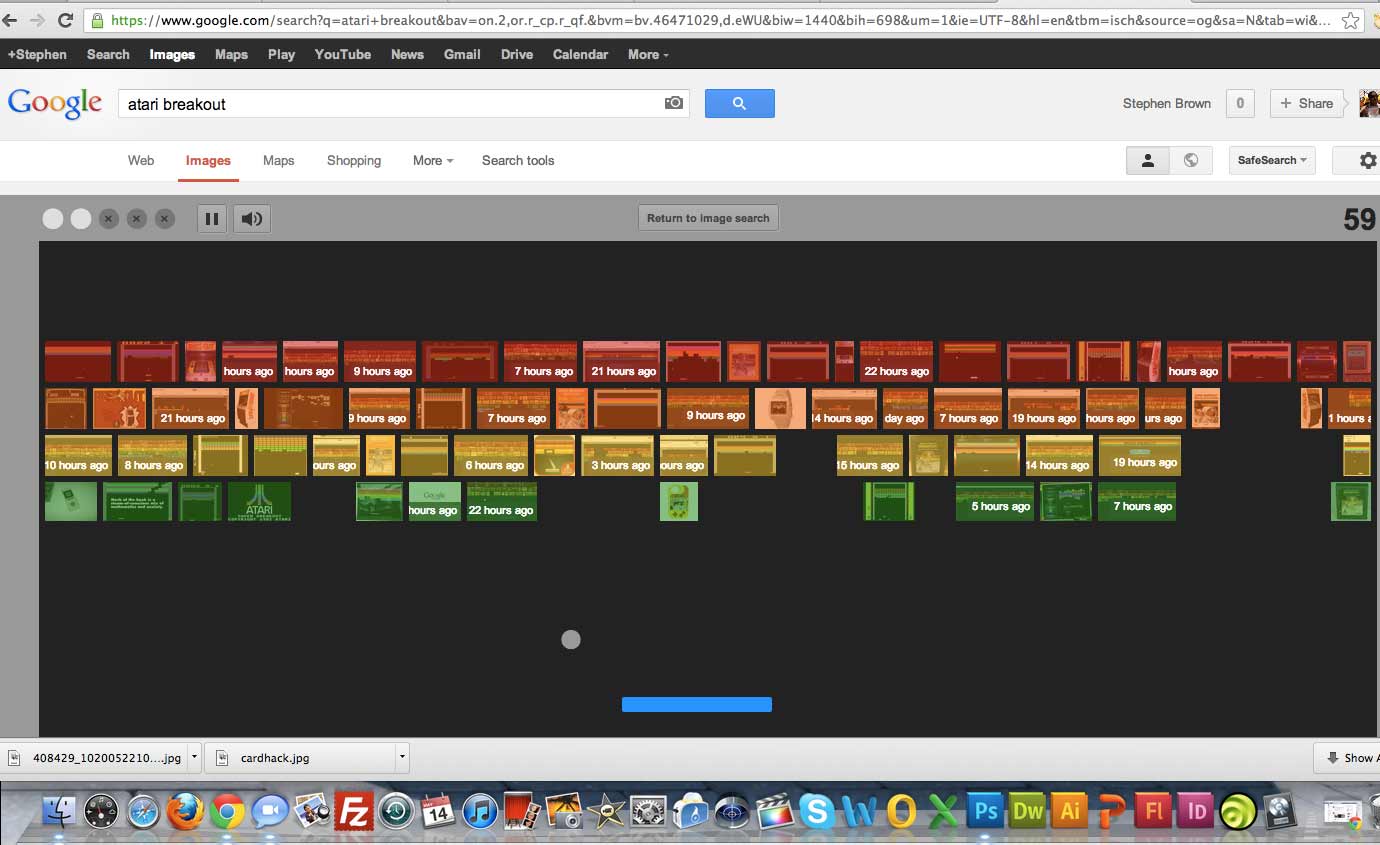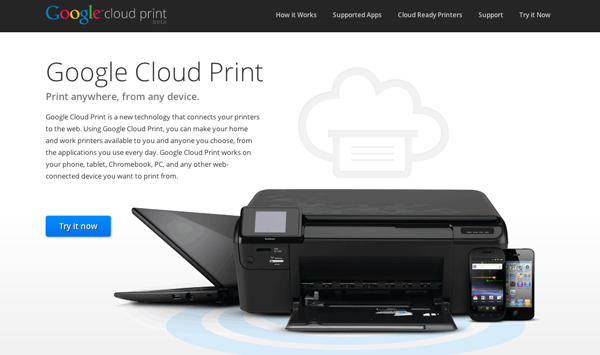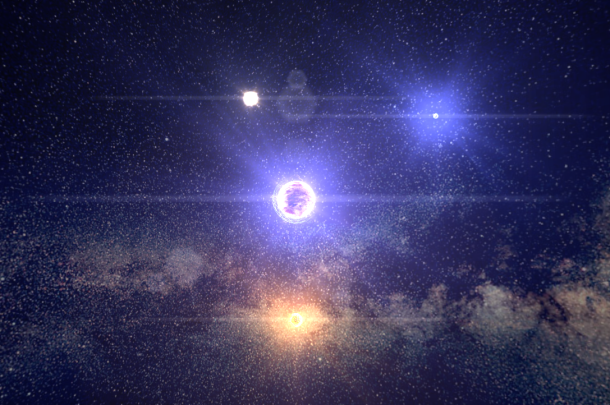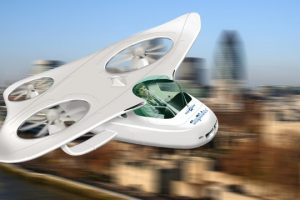You Saw These In Mission Impossible 4, Now Meet the Real Thing.
(Above) In Mission Impossible 4: Ghost Protocol, IMF Agents wore virtual reality contact lenses that had built-in facial recognition software,photo capture, and data transmission capability. Now, researchers at Samsung have made into a reality.
Researchers at several institutions, including two research arms of Samsung, have built contact lenses which use new nanomaterials that provide heads up display(HUD) imagery similar to Google Glass, and yes similar to Mission Impossible 4
A group led by Jang-Ung Park, a chemical engineer at the Ulsan National Institute of Science and Technology, mounted a light-emitting diode on an off-the-shelf soft contact lens, using a material the researchers developed: a transparent, highly conductive and stretchy mix of graphene and silver nanowires. The researchers tested these lenses on rabbits — whose eyes are similar in size to humans — and found no ill effects after five hours. The animals didn’t rub their eyes or grow bloodshot, and the electronics kept working. This work is described online in the journalNano Letters.
To complete this project, they first needed to find a transparent, highly conductive material that was also flexible. The transparent conductor of choice in conventional rigid electronics, indium tin oxide, is brittle, and it must be deposited at high temperatures that can melt a contact lens. Organic conductors, graphene and nanowires are flexible and transparent, but they’re not conductive enough.
Collaborating with Sung-Woo Nam of the University of Illinois at Urbana-Champaign, Park found that sandwiching silver nanowires between sheets of graphene yielded a composite with much lower electrical resistance than either material alone. The industry standard for a transparent conductor is a resistance of 50 ohms per square or less, says Nam; their material has a resistance of about 33 ohms per square. The material also transmits 94% of visible light, and it stretches. The researchers make these conductive sheets by depositing liquid solutions of the nanomaterials on a spinning surface, such as a contact lens, at low temperatures.
A handful of companies and researchers have developed electronic contact lenses over the past five years. Sensimed, of Switzerland, makes a lens for 24-hour monitoring of eye pressure in glaucoma patients, and other researchers, including University of Washington professor and Google Glass project founder Babak Parviz, have built contact-lens displays. But these devices have used rigid or nontransparent materials.
Park is ultimately looking to make contact lenses that have all the functions of a wearable computer but remain transparent and soft. “Our goal is to make a wearable contact lens display that can do all the things Google Glass can do, with facial recognition, maps, and data transfer.” Park says.
Nam also believes medical applications of electronic contact lenses may be even more promising than eyeball-mounted displays. He is currently using the graphene-nanowire conductors to make biosensors that could monitor health conditions by sampling the chemistry of the eye’s tear film. De Smet’s group is developing lenses that can actively filter light to compensate for vision problems.












